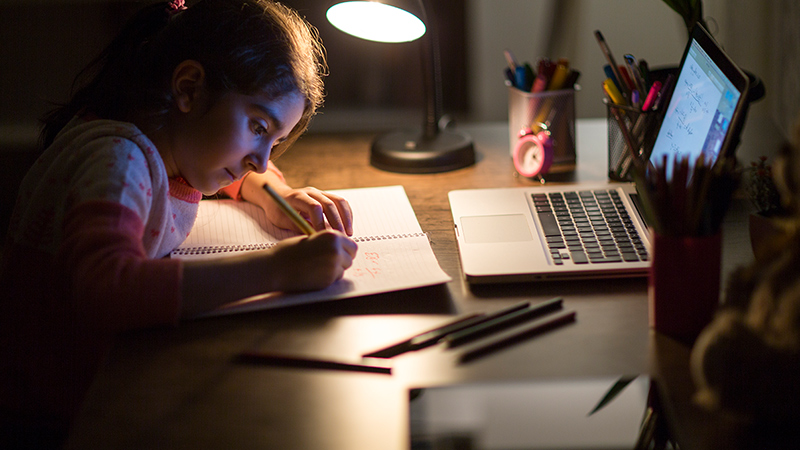The Internet is helping students keep up with classes across Spain as the country stays at home. The whole of Spain was put under lockdown on March 14 to halt the spread of COVID-19. Spain was the second European country, after Italy, to forbid the movement of its people.
The lockdown aims to prevent the COVID-19 outbreak from spreading and swamping the health system, which could lead to thousands of deaths. Under the new rules, only vital trips—for instance, to buy food or drugs—are allowed. All schools are closed. Some had shut before the order came through.
These were mostly in COVID-19 hotspots such as Madrid and the Basque Country. In other parts of the country, teachers had spent days keeping a watchful eye on the prospect of closures.
The heads of British Schools in Spain had met in Sitges the week before the lockdown, for instance. There, one of the biggest crowds was for a talk on what to do in the event of a COVID-19 closure. Even so, Spain's lockdown left teachers looking for ways to give classes to students based at home.
The lockdown rules affect more than 9.5 million school and college students. Spanish teachers have risen to the challenge thanks to network technology, though.
Roger Deign runs the Colegio Hispano Británico, a private school on the island of Lanzarote. “We spent days working on ways to deliver classes over the Internet,” he says. “Our students don’t have laptops, but they do all have phones.”
See also: Skip the occasion, livestream it instead
On the first day of the lockdown, the school's teachers were giving classes as usual. But not in school. The same was true of thousands of other schools across Spain. Some schools have used bespoke teaching platforms. Many have used free web tools. Others have used a mix.
Teachers are using streaming their lessons via video. They are using email and chat to respond to queries. Some have surprised students with their online teaching know-how.
“One of my teachers has set up his own YouTube channel to give us science lessons,” says Gabriel Deslarzes, a 16-year-old from Barcelona.
David Vindel, a parent whose children go to a Montessori school in Madrid, says the response has been “really good.”
His two boys “have lots of content and you can access it by class and by topic,” he says. “The kids miss the classroom interaction, so we compensate with video calls with their friends once a day.”
Cisco is helping with the need for video systems that can be used at scale. It is giving teachers in Spain free access to Cisco WebEx Meetings and WebEx Teams. The service is called ‘virtual teacher’ (profevirtual.es). It is being offered up until the end of this school year.
It allows teachers to set up distance learning sessions in a matter of minutes. They can share notes and materials as well as audio and video. And students can access the lessons without needing a WebEx account.
See also: Get the donwload on how to download
The lockdown timing is tough for Spanish students with end-of-year exams coming up, and college access tests have been put back. But Spain is lucky. It has the network coverage it needs to offer distance learning to almost all students across the country.
The Organisation for Economic Co-operation and Development says Internet reaches 91.4 percent of Spanish households. And mobile broadband subscriptions cover the whole population. This network capacity could prove a lifeline for Spain’s educational system as the country fights COVID-19.
As the virus spreads, other countries might want to check they, too, have the technology to keep learning alive.
###
The contents or opinions in this feature are independent and may not necessarily represent the views of Cisco. They are offered in an effort to encourage continuing conversations on a broad range of innovative technology subjects. We welcome your comments and engagement.
We welcome the re-use, republication, and distribution of "The Network" content. Please credit us with the following information: Used with the permission of http://thenetwork.cisco.com/.




